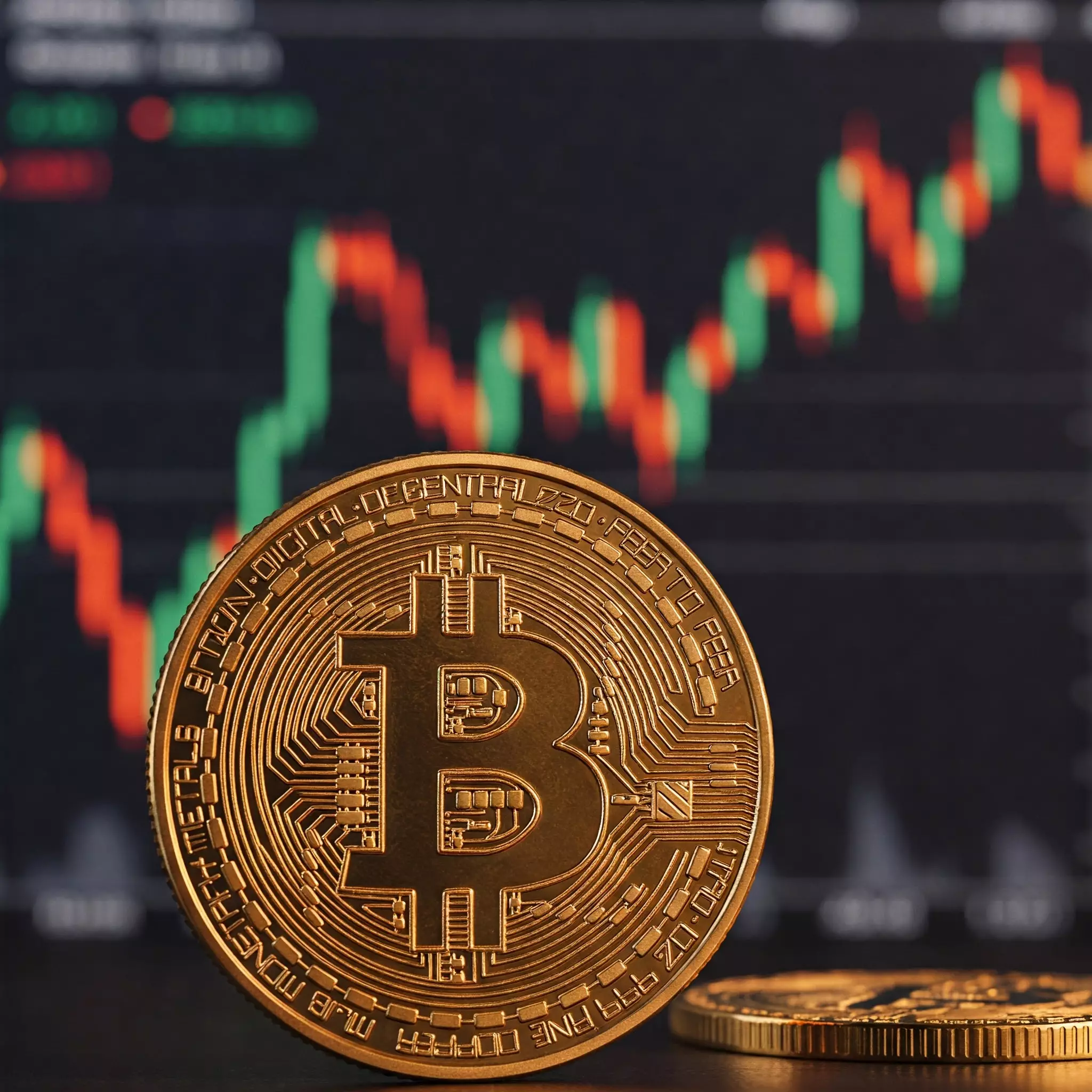The cryptocurrency market is notorious for its wild fluctuations, a constant source of anxiety for traders and investors alike. Recent developments in the Bitcoin arena illustrate the precarious balancing act that investors must navigate. After a sharp price decline, driven by overarching economic fears and political unrest — particularly the reactions to US tariff policies — Bitcoin staged a commendable rebound back to $80,000. However, this recovery belies a greater issue lurking beneath the surface, revealing that a significant proportion of investors might be more emotionally invested than strategically sound.
It is sobering to realize that an alarming number of individuals stake their financial futures on the hope of overnight success rather than grounded market principles. Other currencies in the crypto sphere, often termed altcoins, have continued to flounder while Bitcoin holds court with an impressive market cap of $1.5 trillion. Investors fleeing to what they perceive as the ‘safest’ asset often miss the fact that this ‘flight to quality’ can erode their investment portfolios significantly in the long term.
The Market’s Reaction to Broader Economic Fears
Market analysts assert that Bitcoin’s dominance is more a reflection of general economic anxieties than any inherent strength of the cryptocurrency itself. Building a long-term investment strategy solely based on Bitcoin’s perceived stability could lead to a perilous trajectory for inexperienced investors. Those who may have initially entered the market with optimism could soon find themselves ensnared in a web of misinformation and sensationalism, rather than sound financial guidance.
The broader economic climate suggests that Bitcoin is not merely a benign spectator. Instead, it reacts like a live wire to external stimuli such as shifting fiscal policies and geopolitical uncertainty. The panic-selling phenomenon we witnessed recently underscores this point, as investors succumbed to fear rather than relying on data-driven decision-making.
The Fallout of Futures Trading Dynamics
Turning to the intricacies of Bitcoin’s futures trading dynamics offers further insight into the current market climate. Recent reports indicate that Bitcoin futures open interest has seen fluctuations, falling to $34.5 billion from a previous low of $33.8 billion. Here, the decline of cash-margined open interest from $30 billion to $27 billion illustrates a tightening market where traders are clearly reducing risk in response to declining price momentum.
However, a glimmer of hope appeared as increases in crypto-margined open interest began to manifest, suggesting that riskier bets are being placed once more. This trend might portend higher volatility in the short term. While this volatility could offer potential gains for seasoned investors keen on navigating the currents, it poses a significant risk to those unprepared for such fluctuations.
The stark $58 million worth of Bitcoin futures liquidations over a 24-hour period is indicative of a market which, although volatile, has not reached the heady heights of over-leverage observed in earlier months. With liquidations totaling just $58.8 million — in stark contrast to the peaks of over $140 million witnessed in the immediate past — one might surmise that a cautious approach is being adopted by investors.
The Growing Interests of Institutions—A Double-Edged Sword
Despite the recent turbulence, there are signs of a budding institutional interest in Bitcoin. Statistics reveal that 76 new institutions, each holding over 1,000 Bitcoin, have joined the fray in just two months. This statistic signals a fascinating shift in the market landscape, hinting at a potentially more stable future. But the question looms: Is this benevolent influx destined to stabilize the market, or does it merely move the risk to a different stratum?
This new breed of institutional investor often prioritizes long-term perspectives, which could battle against the short-term volatility that retail investors frequently succumb to. However, traditional institutional strategies must adapt to the unique pulse of cryptocurrency markets, where wisdom and strategy often compete against emotional volatility and impulsive reactions.
In this complicated tapestry of aspirations and fears, it becomes increasingly important for investors — both novice and experienced — to cultivate a mindset anchored in rationality over excitement. In striving for wealth, let us not overlook the lessons that volatility teaches—insights often disguised as calamities.


Leave a Reply